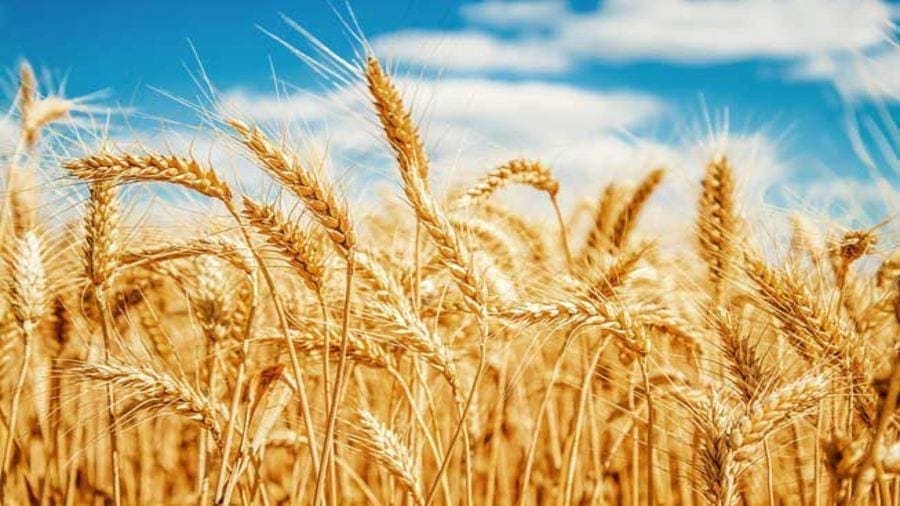ZIMBABWE – The Agriculture Bank of Zimbabwe Limited (Agribank) has recorded a historic jump in profit of 155% for the year ended December 31, 2019 from $13million recorded in the previous year to $33 million, despite the challenging economic environment.
The year 2019 was a tough year for many businesses in the country and the economy at large as it had a lot of challenges such as inflationary pressures and the depreciation of the local currency against major currencies.
This was as a result of the monocurrency system that the Government introduced through Statutory Instrument 142 (SI-2019 142) with the aim to de-dollarise the economy.
This fuelled foreign currency shortages over and above other challenges like fuel and power shortages that resulted in some companies closing shop and the economy contracting by an estimated 6.5%.
However, Agribank managed to defy these economic headwinds as it said it experienced foreign exchange gains from the SI-142 that Government gazetted despite the negative manner in which lending activities were affected.
The banks said lending rates increased from an average 15% in 2018 to 25% in 2019.
According to the bank, the profit was mainly driven by growth in non-interest income as well as interest income, against the background of increased transactions from the ICT delivery channels and electronic banking (e-channels) and a marked growth in the loan book.
Interest income grew by 27% from $37 million to close 2019 at $47 million. The loan book growth reflected an expansion in support to agriculture and its value chain.
A significant part of the agriculture loan book growth was driven by support towards the smart agriculture programmes for the 2019/20 season.
According to a report by The Herald, the bank came up with supportive structures to finance seed houses and fertiliser manufacturers in an endeavour to ensure adequate supply of critical inputs to farmers under the smart agriculture programmes.
Non-interest income grew by 533% from 2018 to close 2019 at $104 million due to foreign currency revaluation gains and increased customer transactions on the ICT delivery channels and electronic banking channels (e-channels).
During the course of the year, the Government gazetted SI 142 resulting in recognition of the ZWL dollar as legal tender with a starting exchange rate of 2.50: US$1.
“Consequently, the bank experienced foreign exchange gains as the ZWL dollar continued to devalue during the year to close December 31, 2019 at an average interbank exchange rate of $17: US$1.”
“The total income from e-channels and POS machines for the year 2019 at $27 million accounted for 23 percent of total non-interest income. On a year-on-year basis, commission income from e-channels and POS machines went up by 121% from 2018. This remains an area of growth for the Bank,” said Agribank’s acting chief executive officer Mr Elfas Chimbera.
Total operating expenditure and income for the year amounted to $88 million and $154 million, representing an annual growth and growth of 214 and 243 percent over the previous year respectively.
Meanwhile, the bank hopes for enhanced food security due to the recent rains which it said increased the potential for agriculture recovery in the country.
“We will continue to implement value preservation strategies to ensure going concern, business growth and profitability. The bank will continue to expand support to agriculture as per mandate, while at the same time expanding new frontiers for innovative ICT based new products and delivery channels,” said the bank’s board chairman Mr Matemachani.
The Reserve Bank of Zimbabwe recently made interventions in response to financial vulnerabilities caused by the Covid-19 pandemic by suspending the managed floating interbank exchange rate and adopting a fixed exchange rate of 25 to US$1 until the markets stabilise from the effects of Covid-19.
An effective and efficient interbank market is an imperative for recovery of key sectors such as agriculture, manufacturing and mining, which are heavily dependent on imported raw materials.










